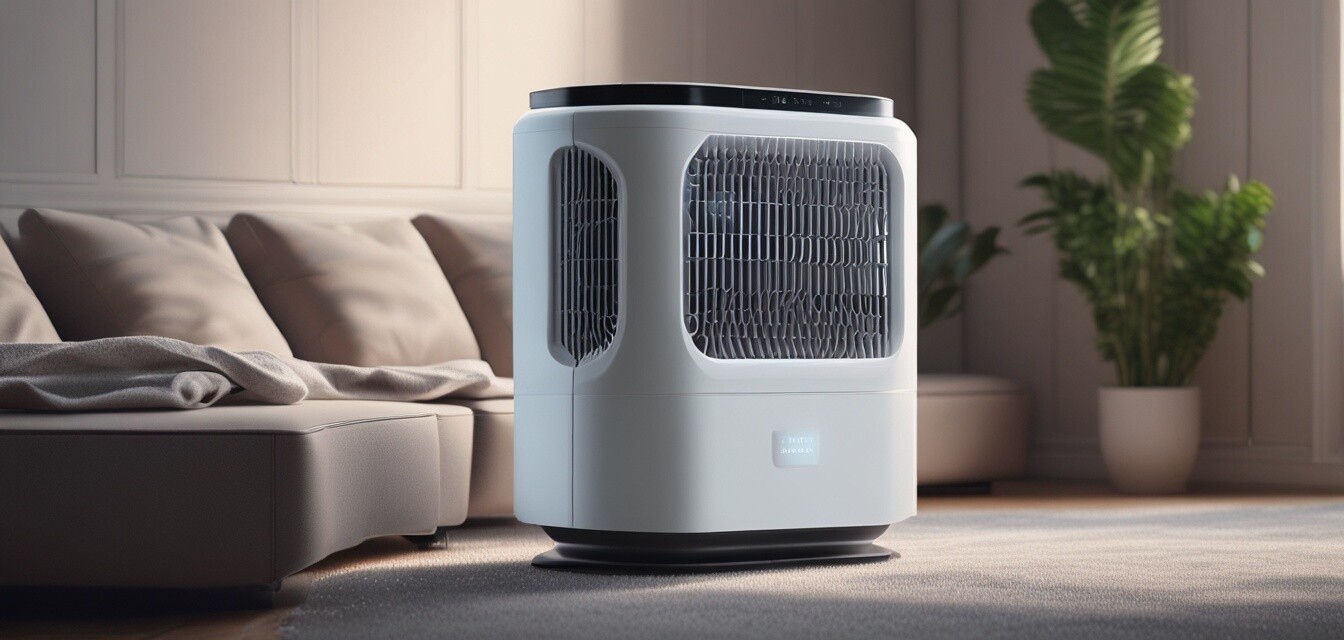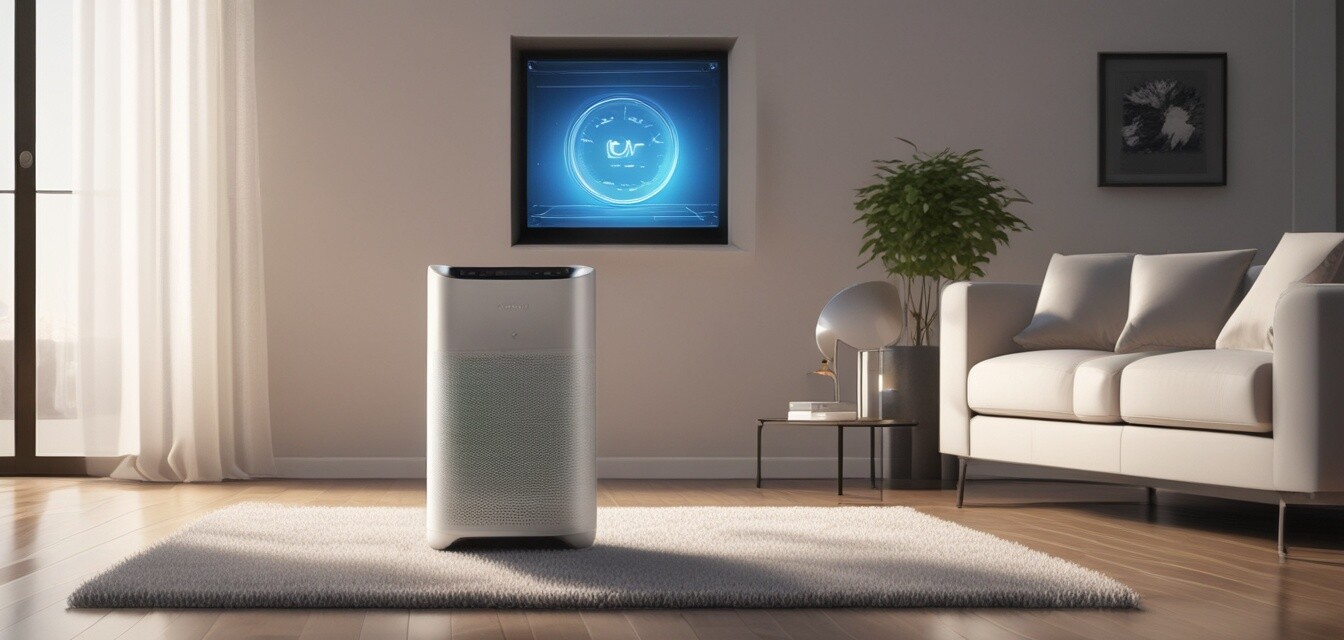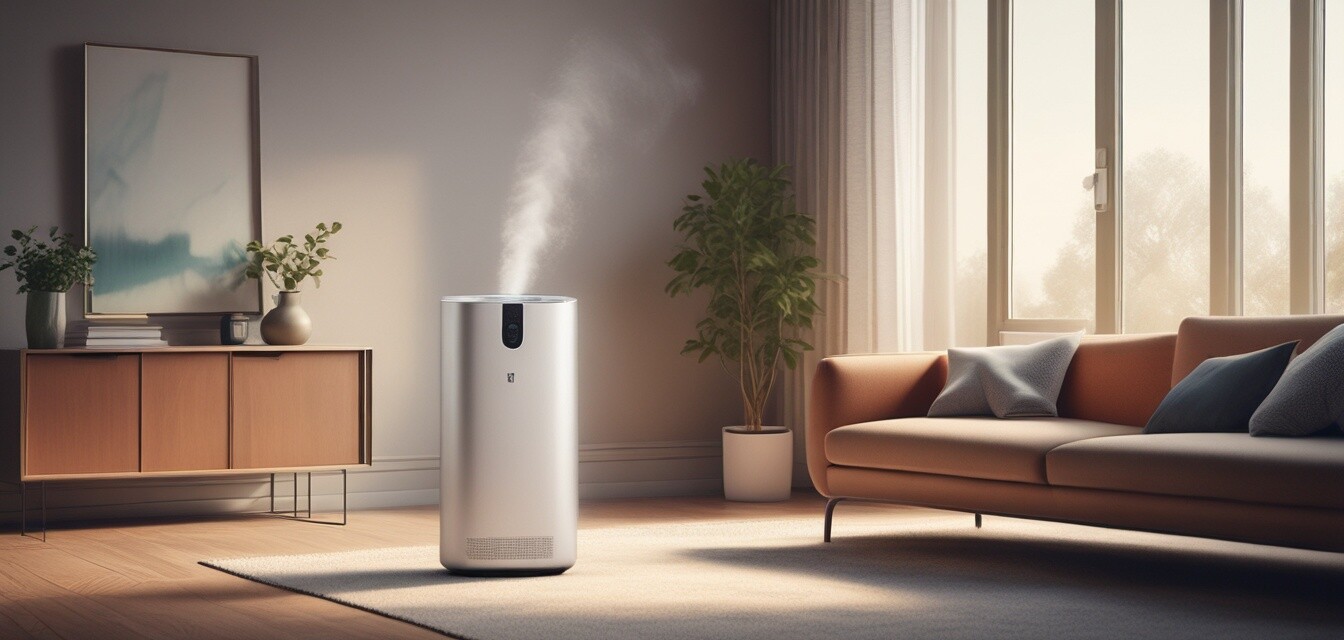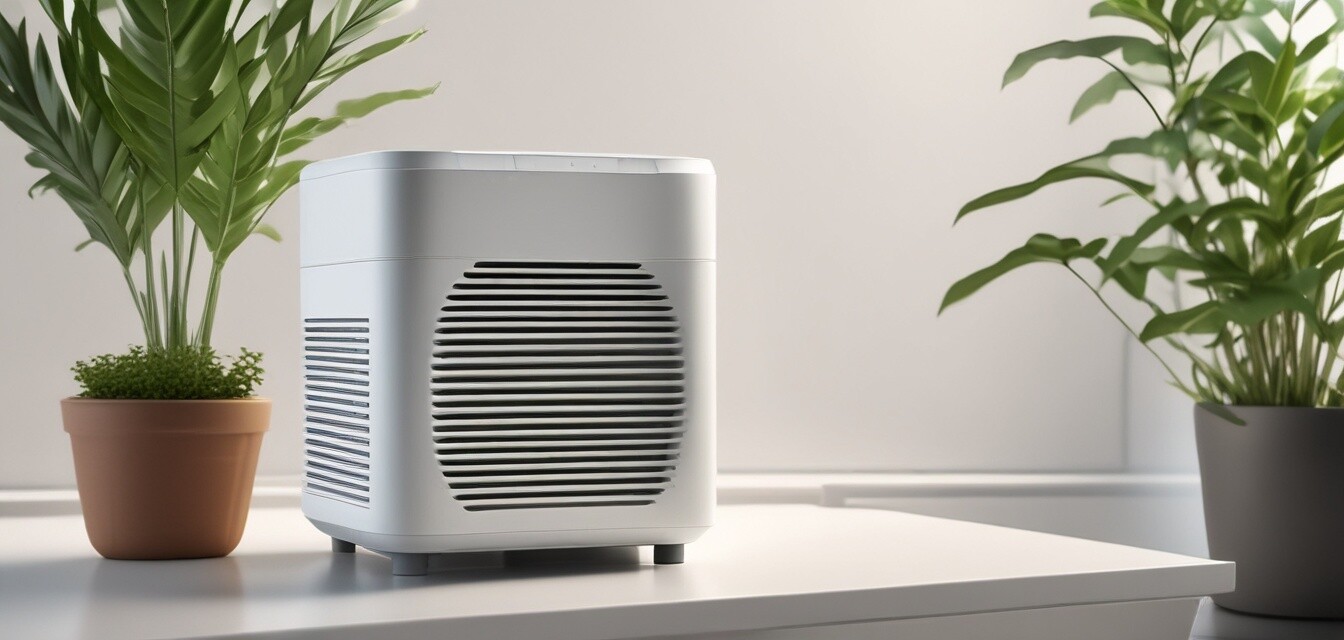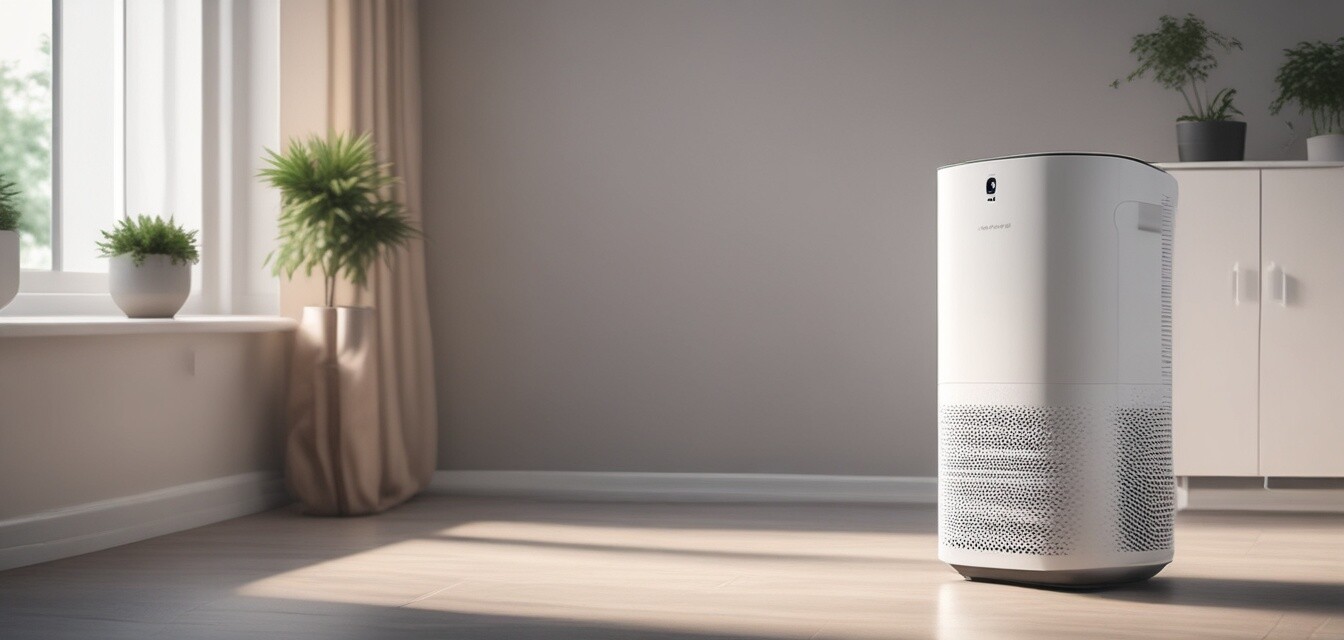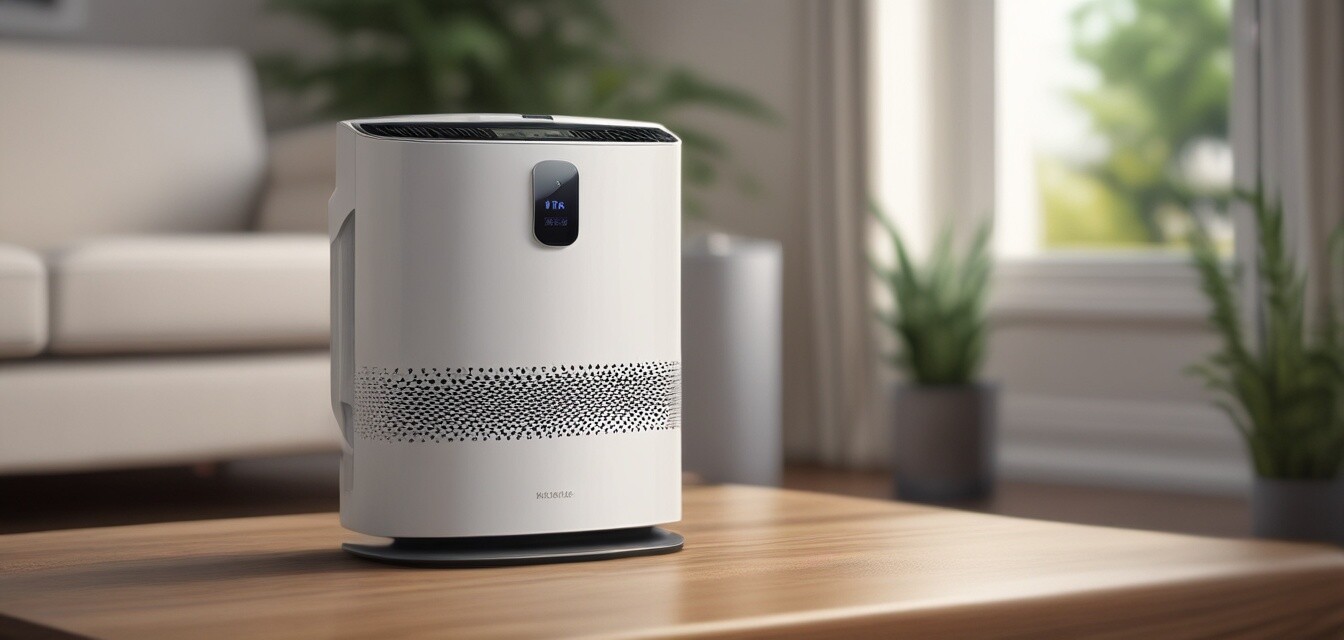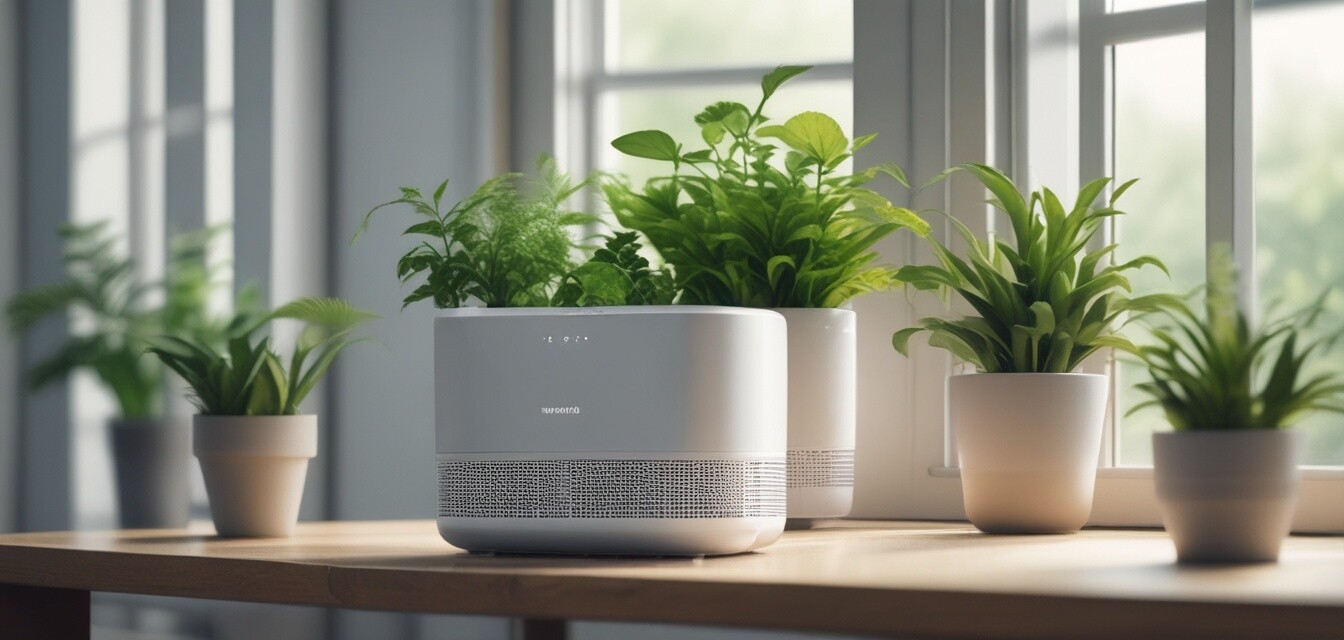
Air Quality Improvement Tips
- Indoor air quality is often worse than outdoor air quality due to pollutants from various sources.
- Simple changes like improving ventilation and reducing clutter can have a big impact.
- Regular maintenance of air purifiers is essential for optimal performance.
- Houseplants can improve air quality by filtering certain toxins.
- Consider the use of non-toxic cleaning products to reduce indoor pollutants.
Indoor air quality affects your quality of life. Poor air can lead to various health issues, including allergies and asthma. In this article, we’ll explore tips and strategies to improve air quality in your home beyond just using air purifiers.
Understanding indoor air quality
Indoor air quality (IAQ) refers to the air quality within and around buildings and structures. It is influenced by various factors, including:
| Factor | Description |
|---|---|
| Pollutants | Includes dust, mold, smoke, and VOCs (volatile organic compounds). |
| Ventilation | The process of introducing outdoor air into the home. |
| Humidity | High humidity can encourage mold growth, while low humidity can cause discomfort. |
| Temperature | Temperature greatly impacts comfort and the performance of many cleaning systems. |
Contributing factors to poor air quality
Many factors can contribute to poor indoor air quality:
- Cooking and heating appliances
- Environmental pollutants from outside
- Pest droppings and body parts
- Formaldehyde from furniture and building materials
- Nature of household products
Tips for improving air quality
1. Improve ventilation
Ensuring proper ventilation can greatly improve indoor air quality. Here are some methods:
- Open windows regularly to allow fresh air to circulate.
- Install exhaust fans in kitchens and bathrooms to eliminate moisture and pollutants.
- Consider using a whole-house ventilation system.
2. Keep your home clean
Regular cleaning helps in reducing dust, pet dander, and other allergens:
- Vacuum carpets using a HEPA filter vacuum.
- Damp dust surfaces to trap dust particles instead of letting them fly around.
- Wash bedding and curtains frequently to eliminate dust mites.
3. Use natural air purifiers
Plants are a great way to improve air quality naturally. Some effective air-purifying plants include:
| Plant | Benefits |
|---|---|
| Spider Plant | Removes formaldehyde and other toxins. |
| Pothos | Filters benzene, formaldehyde, and xylene. |
| Bamboo Palm | Removes benzene and trichloroethylene and acts as a natural humidifier. |
4. Monitor humidity levels
Humidity levels should be kept between 30-50%. Here’s how:
- Use a dehumidifier if humidity levels rise above 50%.
- Seal leaks in walls, roofs, and around windows to prevent moisture intrusion.
- Use exhaust fans and run air conditioning to lower humidity levels during hot months.
5. Minimize pollutants
Reducing exposure to pollutants is essential. Consider these tips:
- Use natural and non-toxic cleaning supplies.
- Avoid smoking indoors.
- Limit the use of candles and incense.
Regular maintenance of air purifiers
Even though air purifiers significantly improve air quality, they need proper maintenance:
- Change filters as recommended by the manufacturer to maintain efficiency.
- Clean the outer surface of the unit often.
- Ensure that the unit is placed in an optimal location for circulation.
Common air quality myths
Separating fact from fiction can be important in enhancing your understanding of air quality:
- Myth: Open windows always improve indoor air quality. Fact: Pollutants from outside can enter, compromising indoor air.
- Myth: Air purifiers eliminate all air quality problems. Fact: They are an essential tool but require supporting strategies.
- Myth: All indoor plants improve air quality. Fact: Only specific plants can actively contribute to purification.
Conclusion
Improving indoor air quality is an attainable goal that can enhance your living environment. By applying these tips, you’ll create a more healthy and comfortable home. Remember, the combination of air purifiers and regular maintenance, clean practices, and natural solutions can lead to the best results.
Pros
- Enhances overall air quality and comfort.
- User-friendly methods are easy to implement.
- Long-term benefits for health and well-being.
- Reduction of allergens and irritants.
Cons
- Some methods may require upfront costs (e.g., air purifiers).
- Effectiveness may vary based on individual circumstances.
Beginners’ Tips for Air Quality Management
- Start small: Aim to change one aspect of your indoor environment and gradually expand your efforts.
- Educate yourself on air quality monitors so that you can identify problems early.
- Make it a family effort: Share the importance of clean air to motivate everyone in maintaining a healthy environment.
Further Reading
For more tips on air quality improvements, check out our other articles: Activated Carbon Air Purifiers, Compact Air Purifiers, HEPA Air Purifiers, Pet Air Purifiers, and Smart Air Purifiers.
